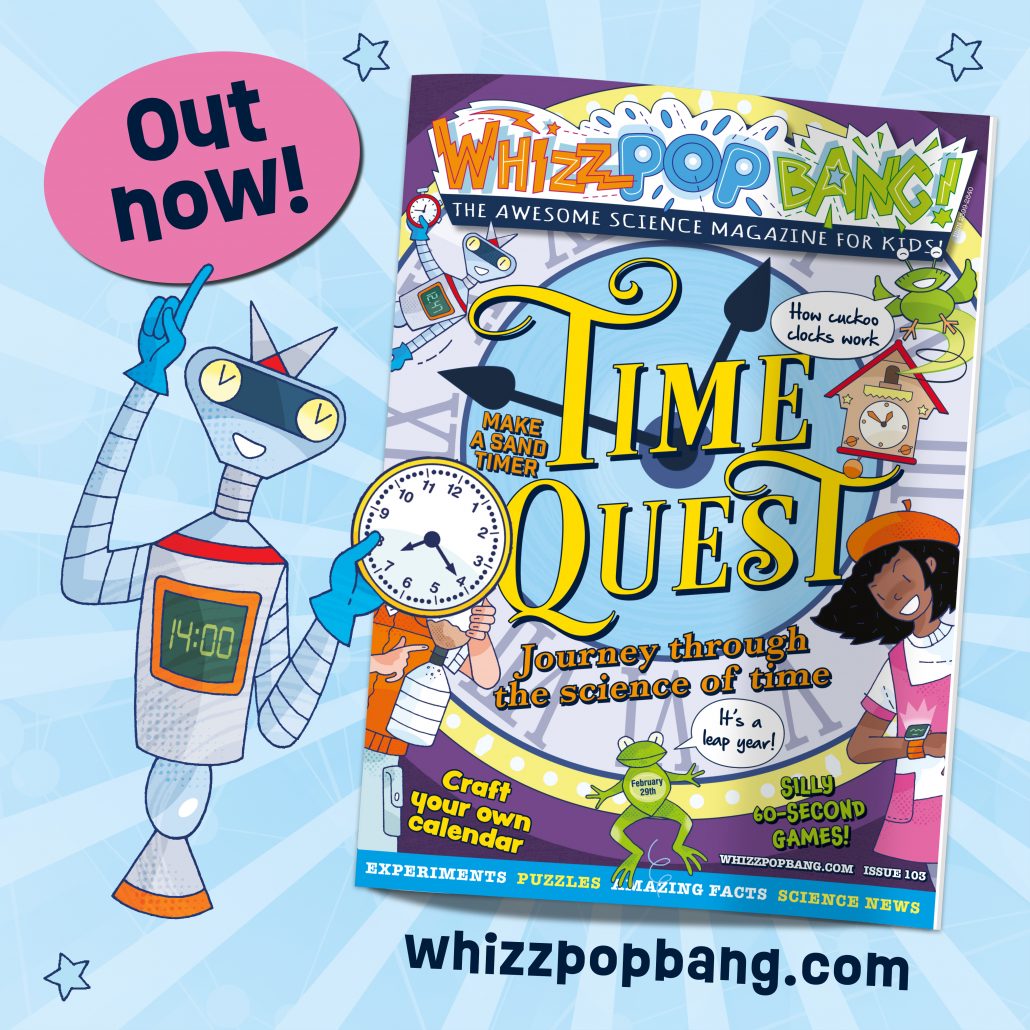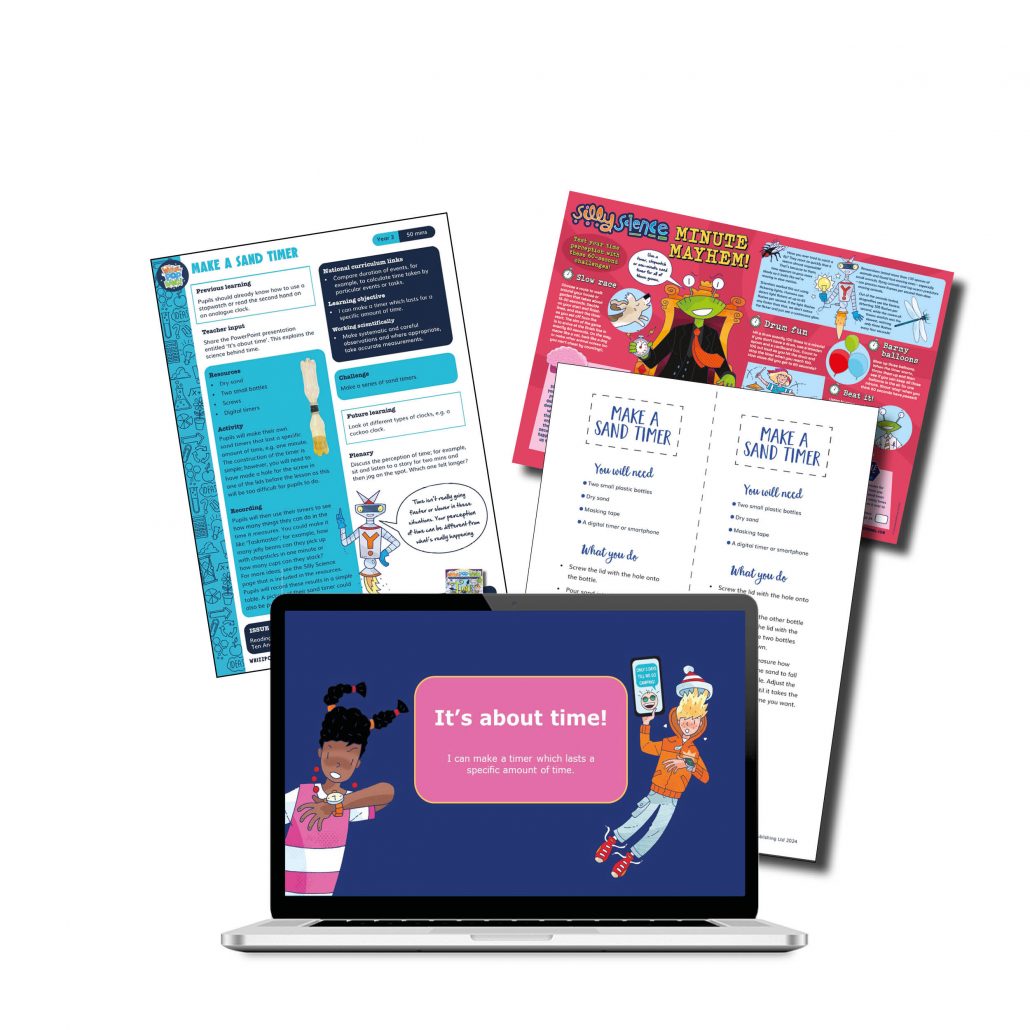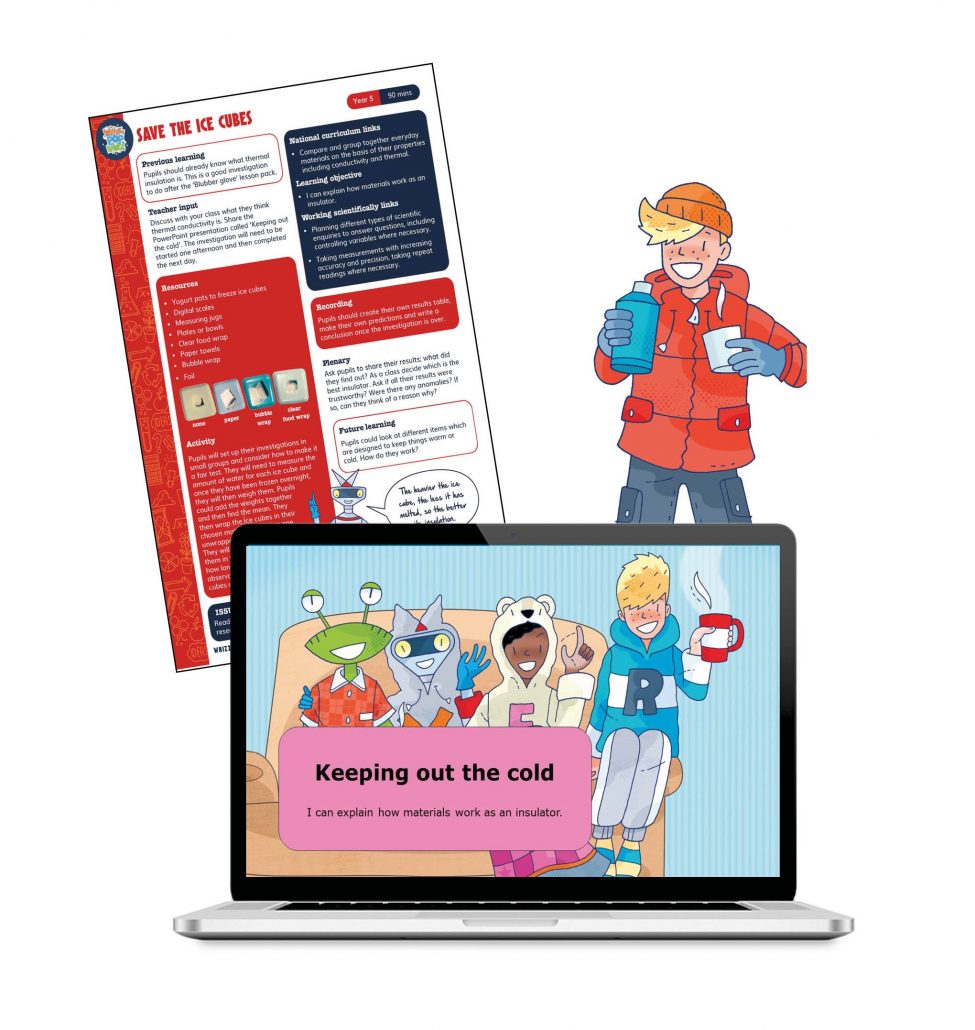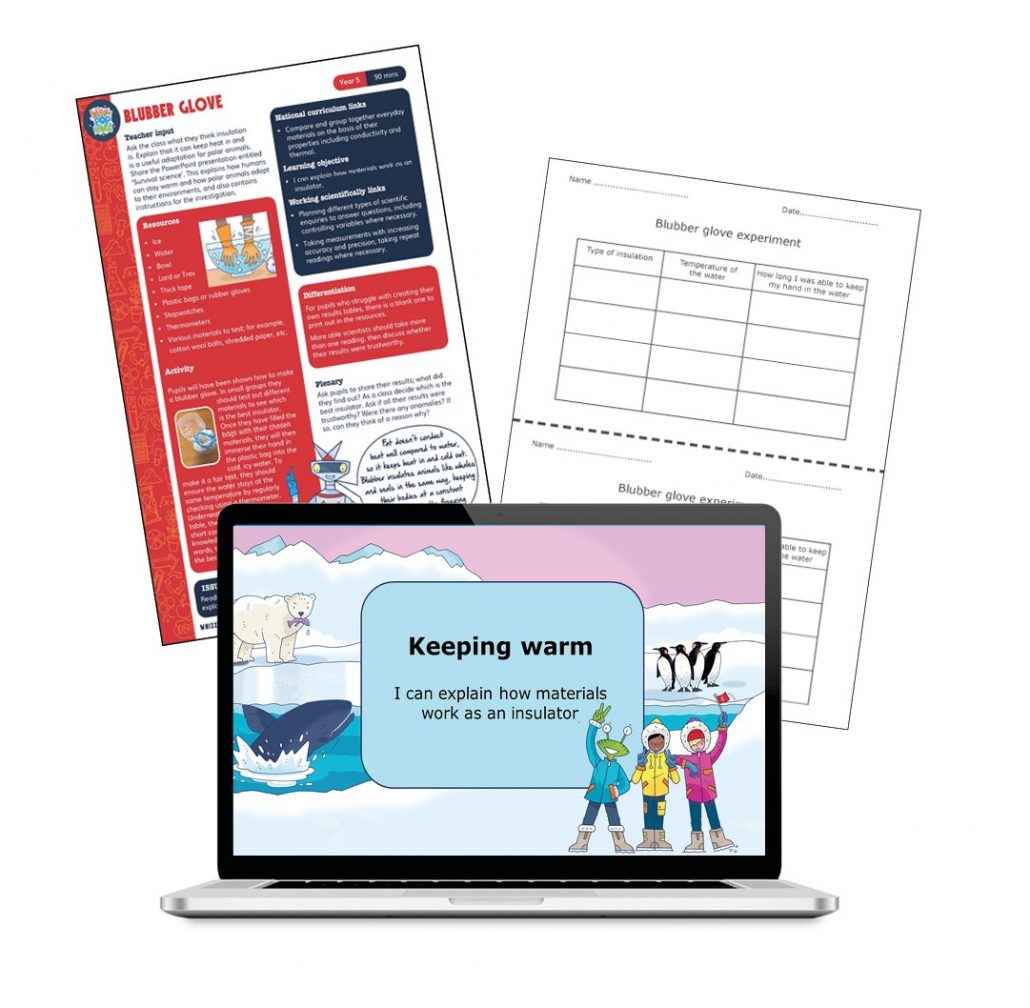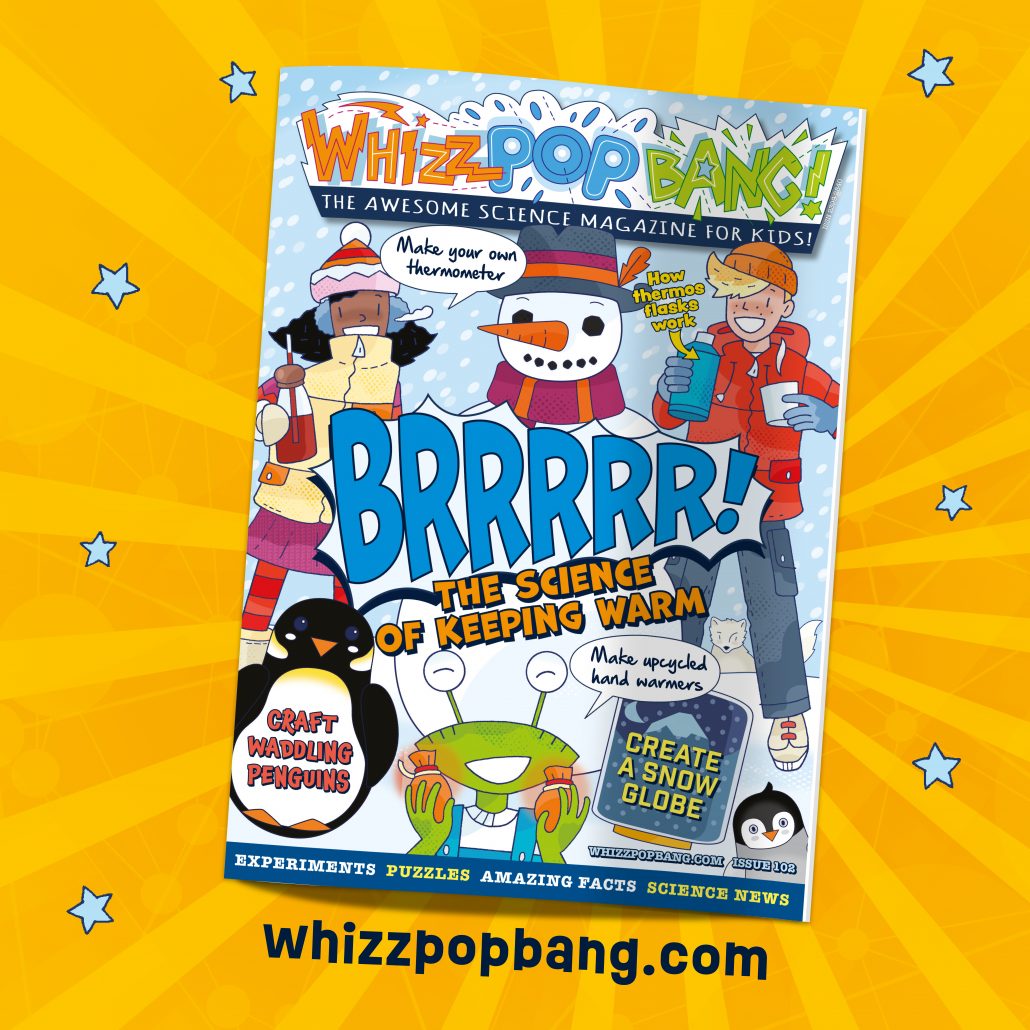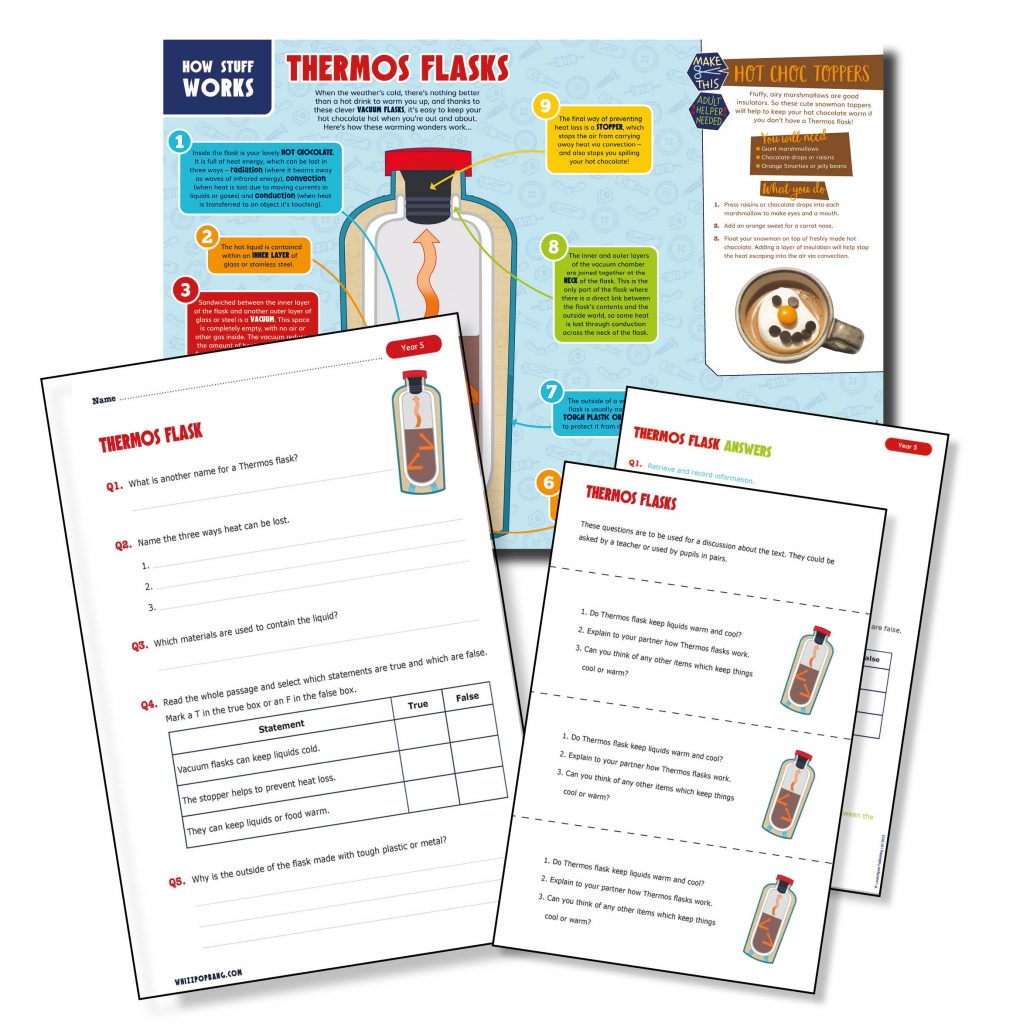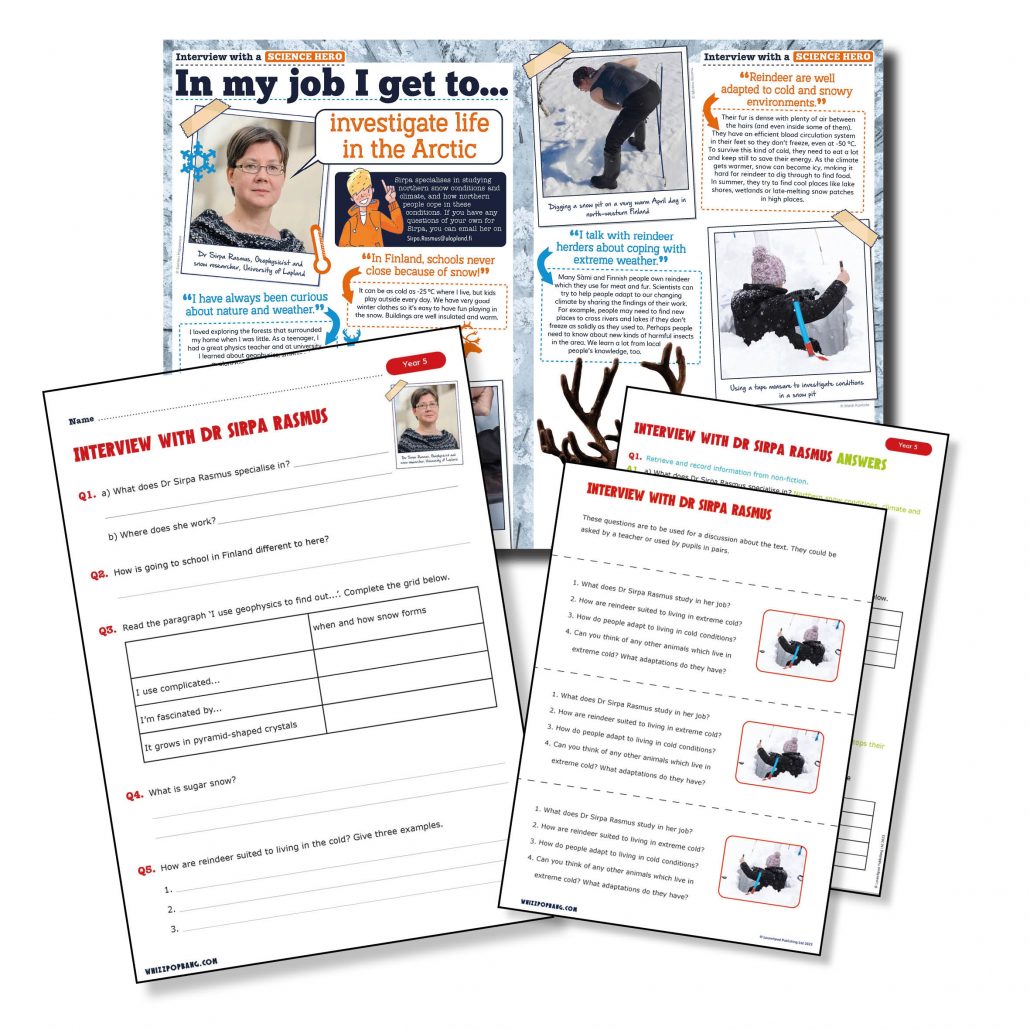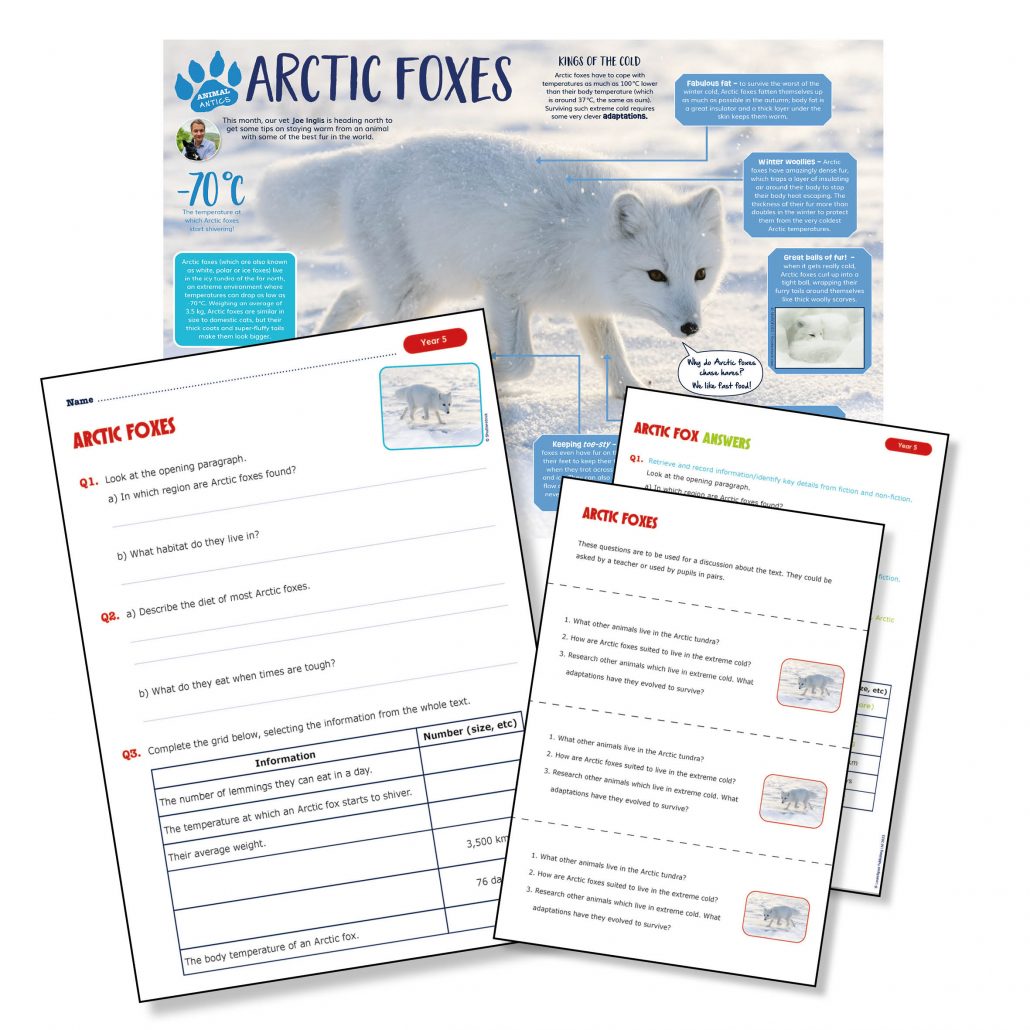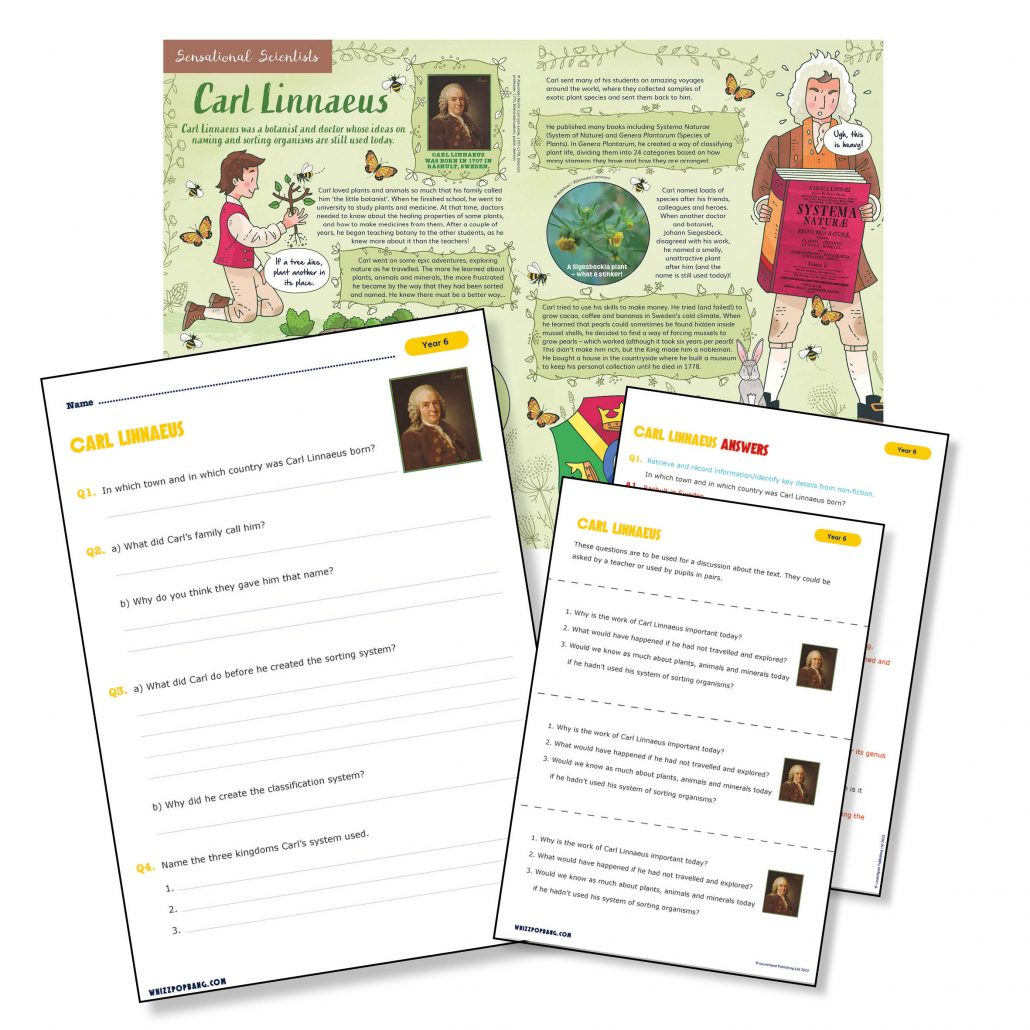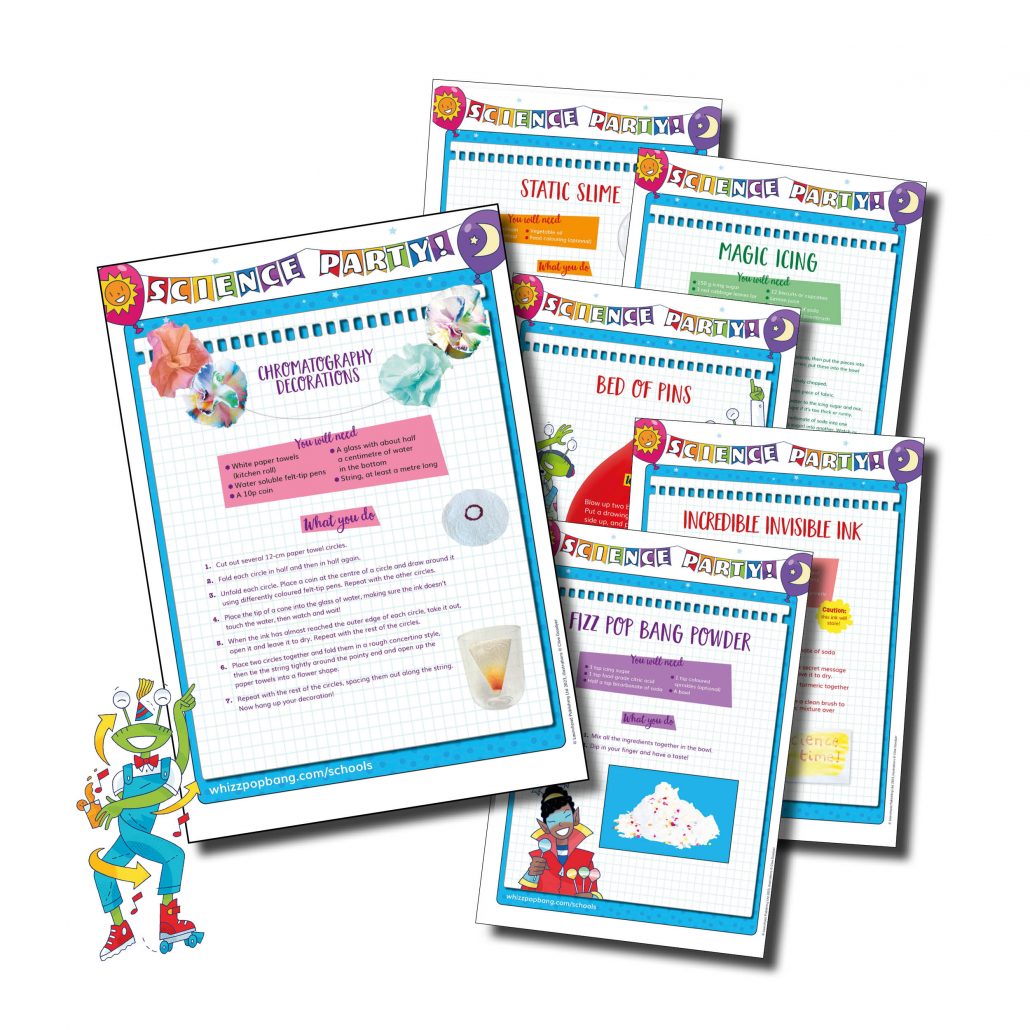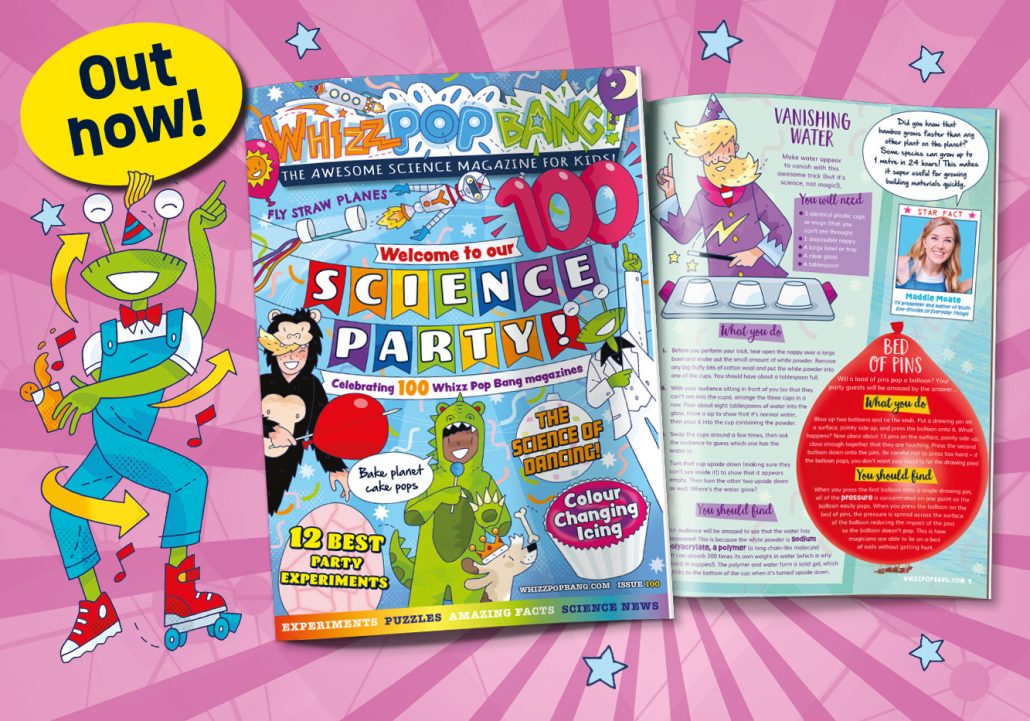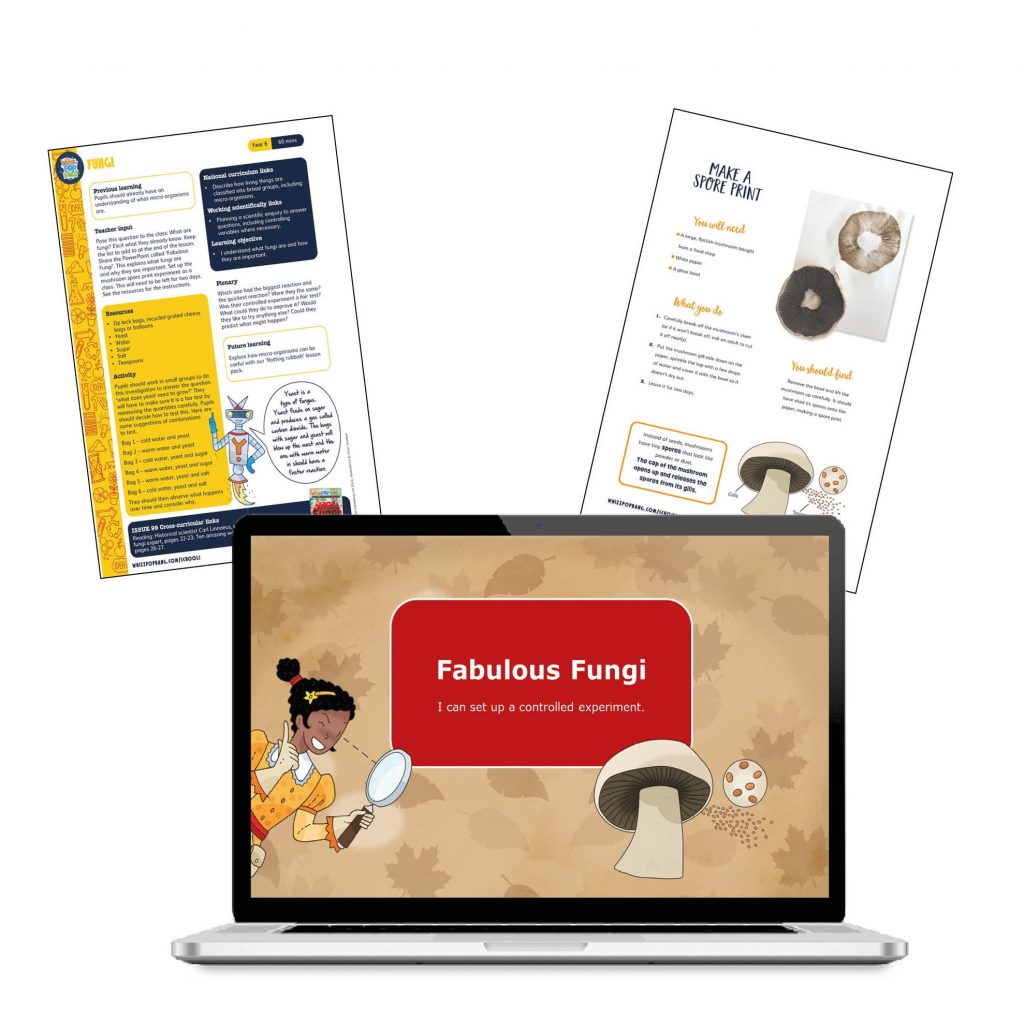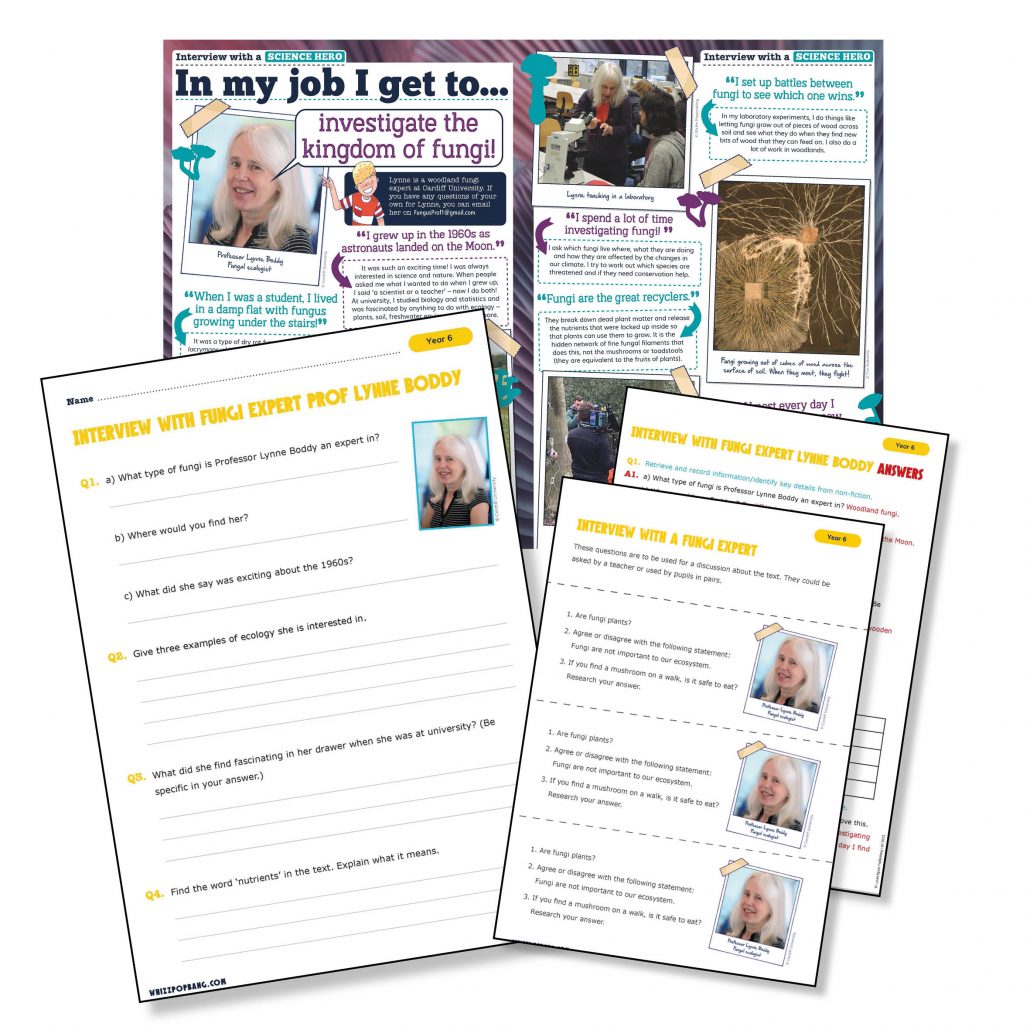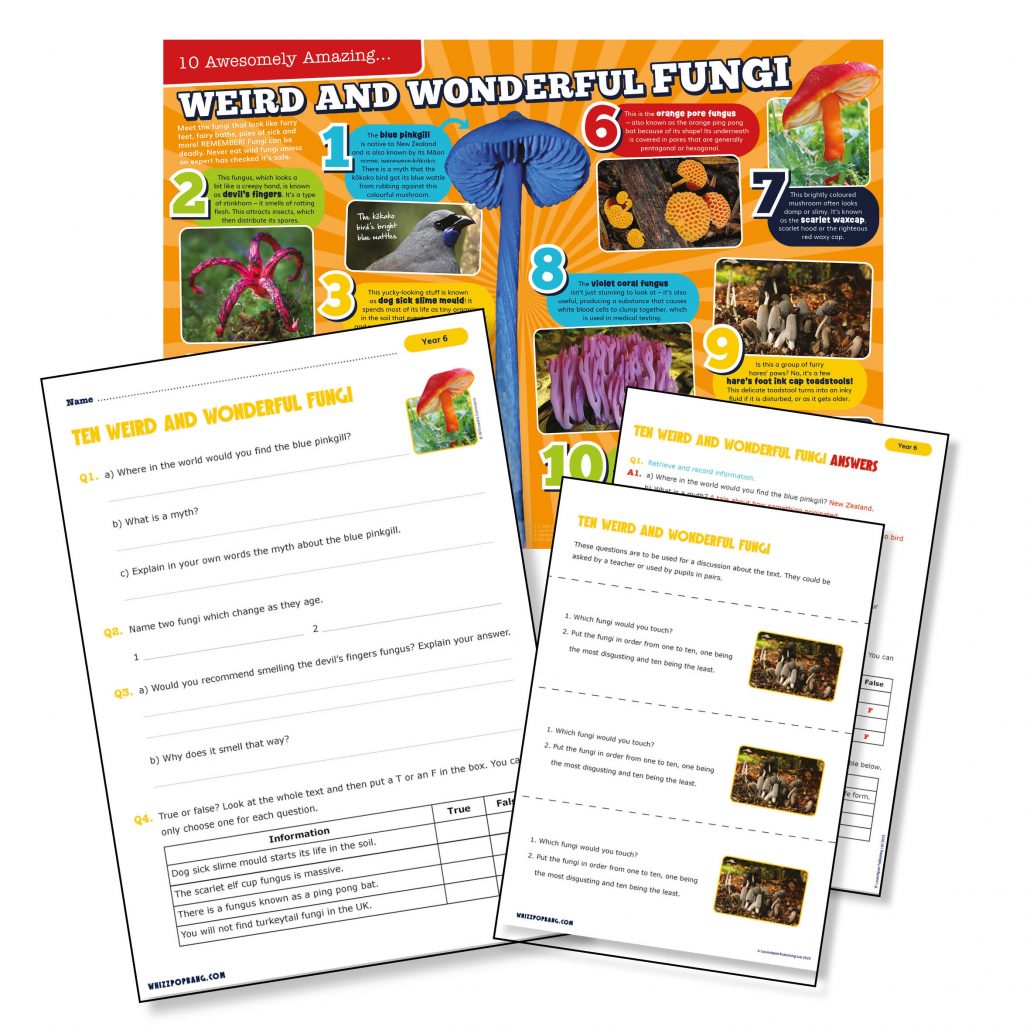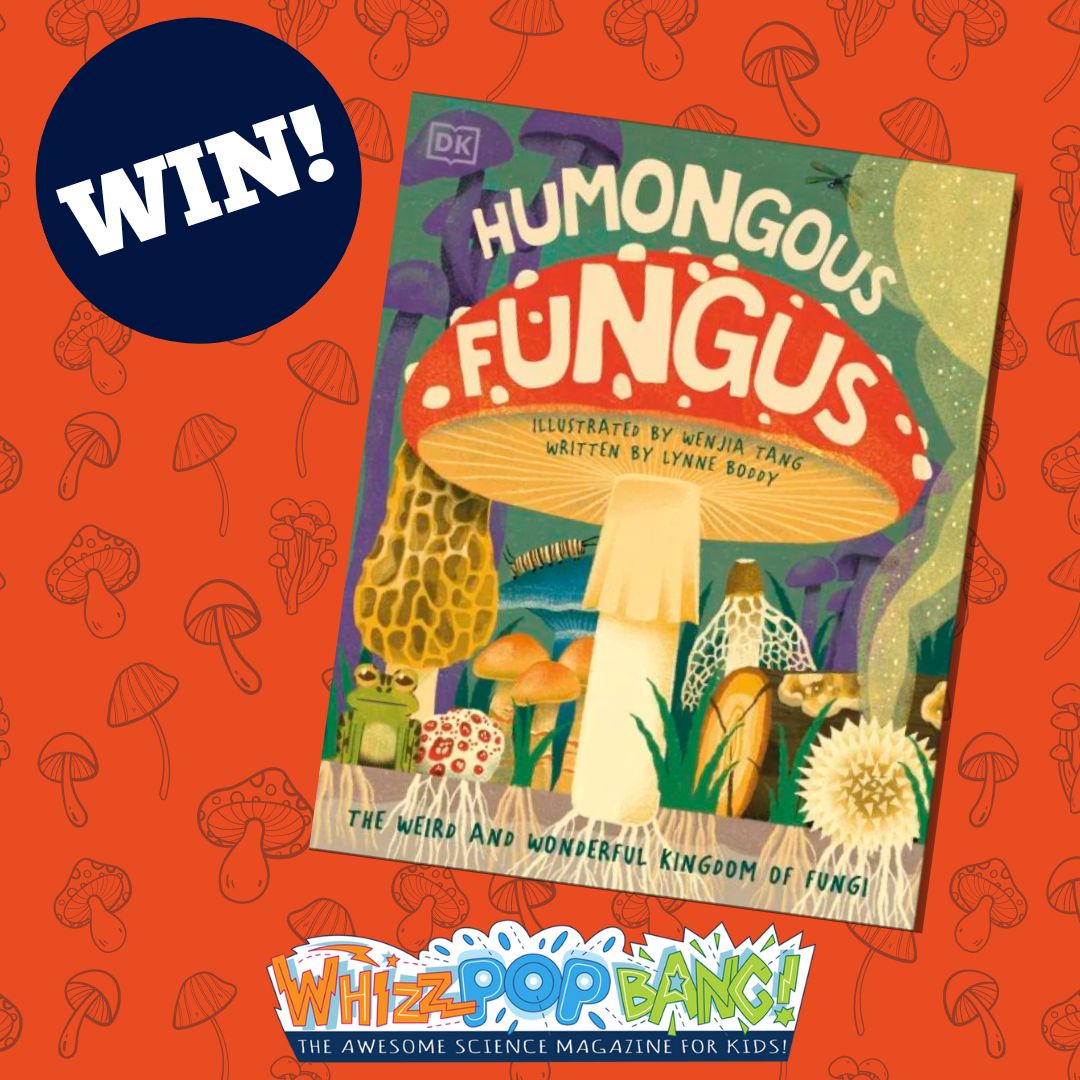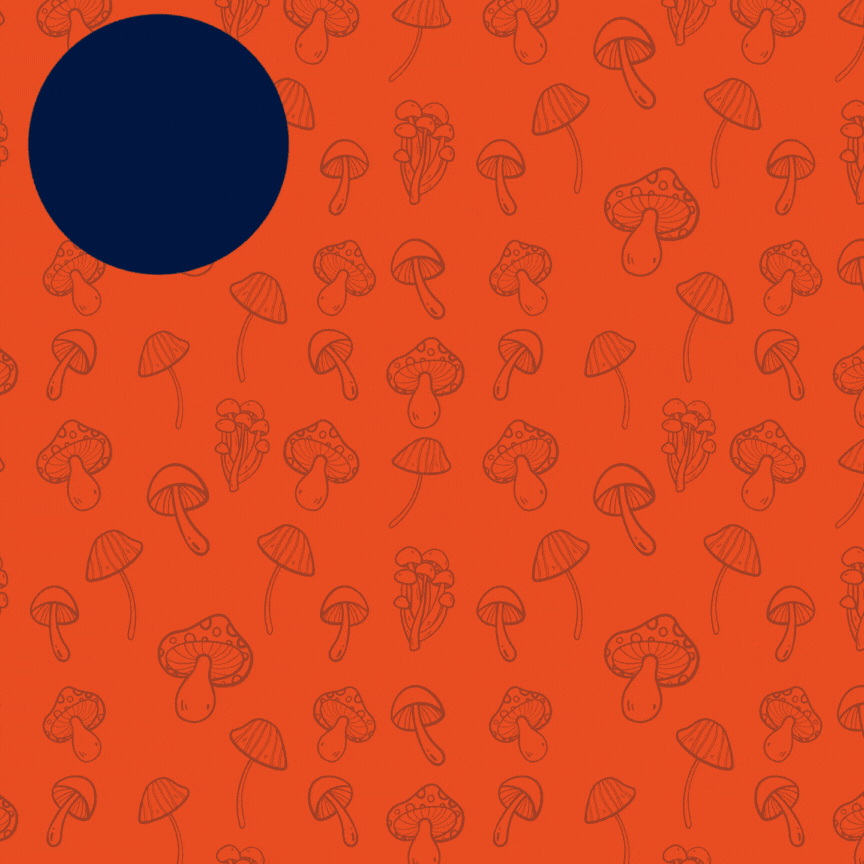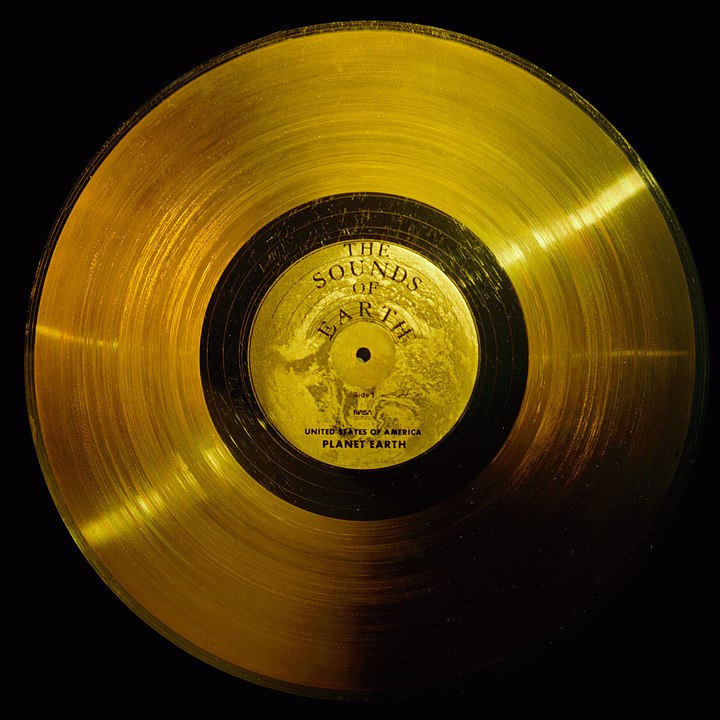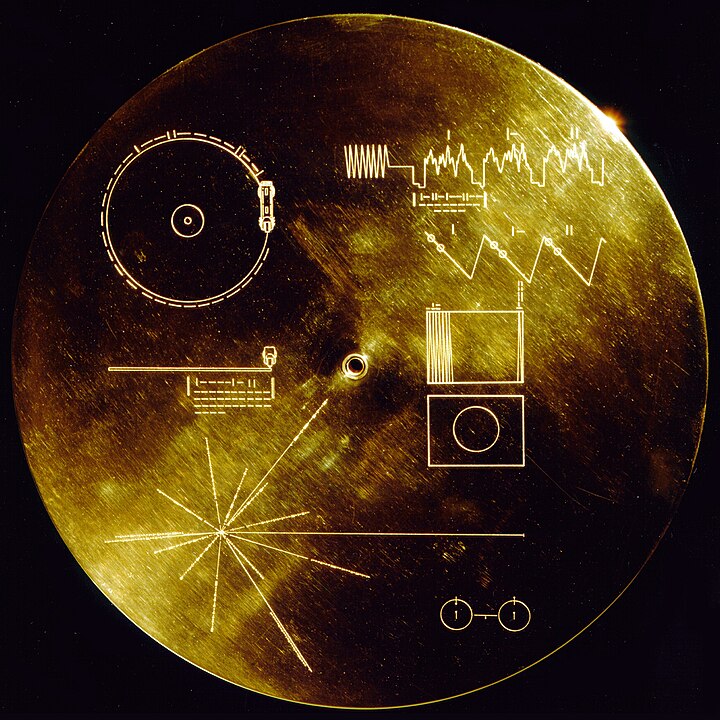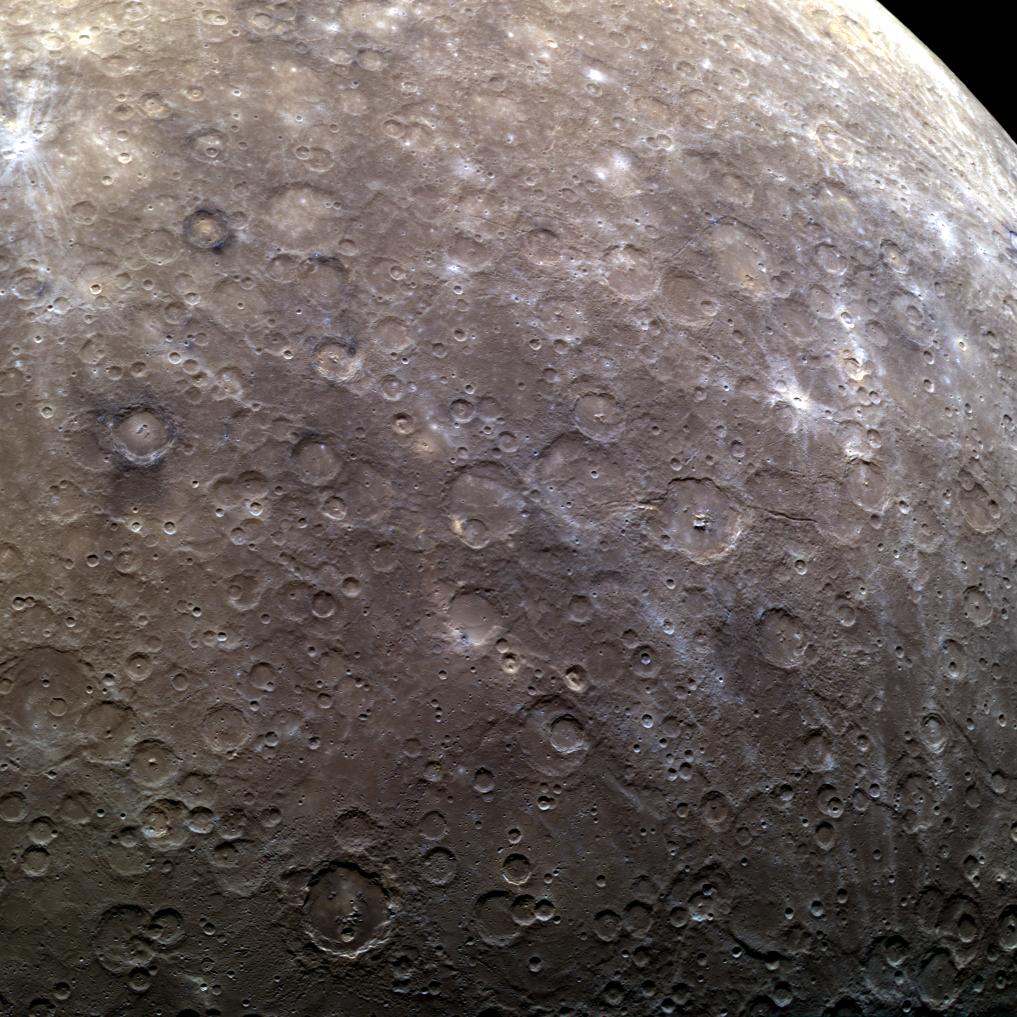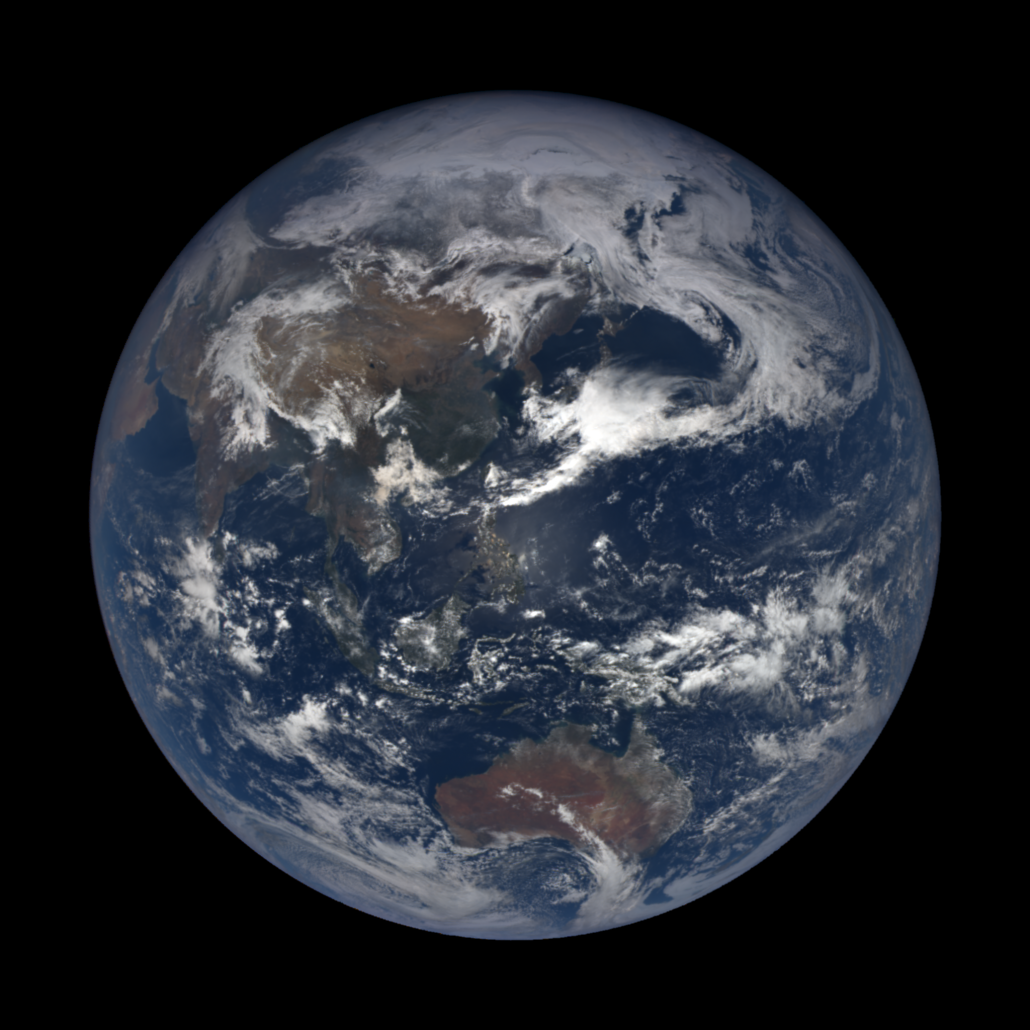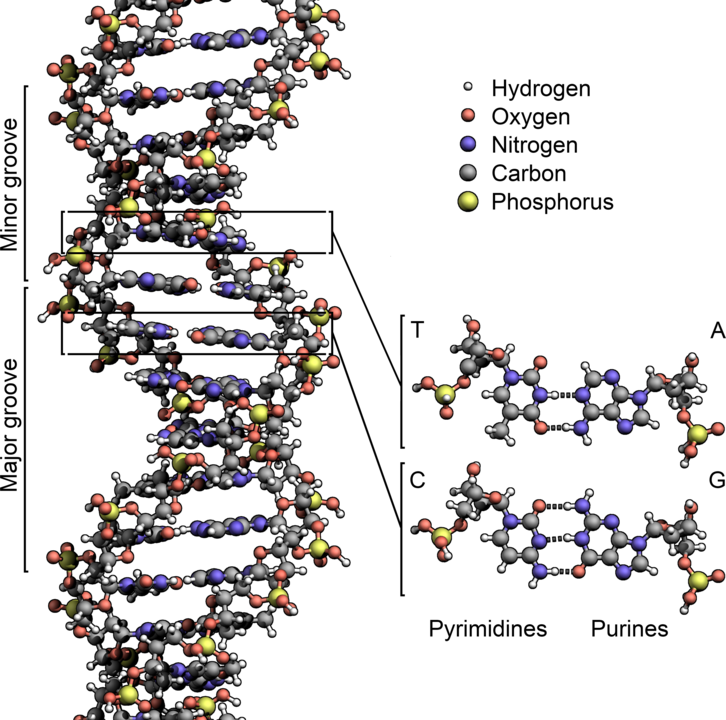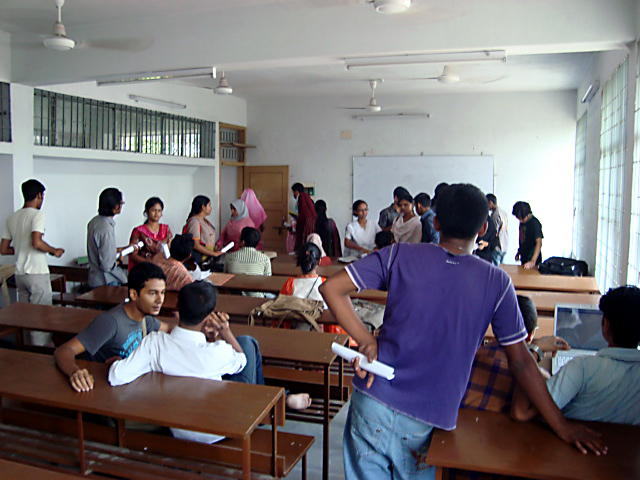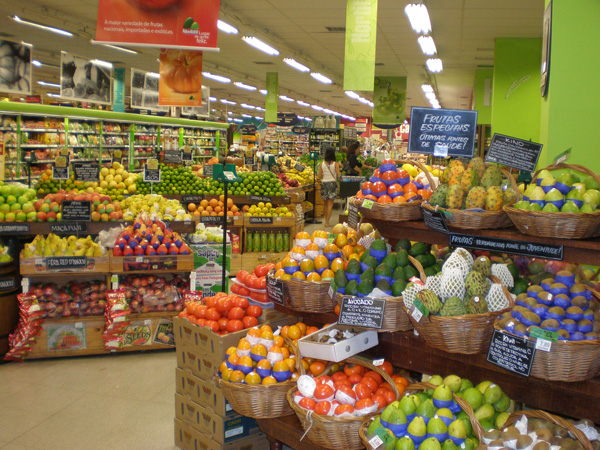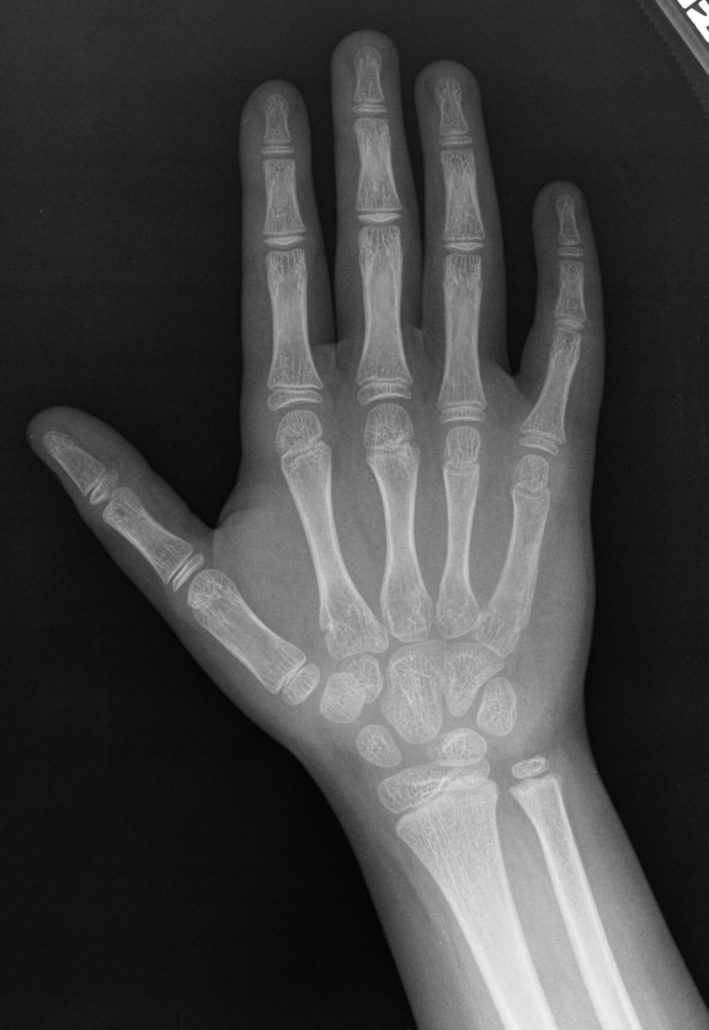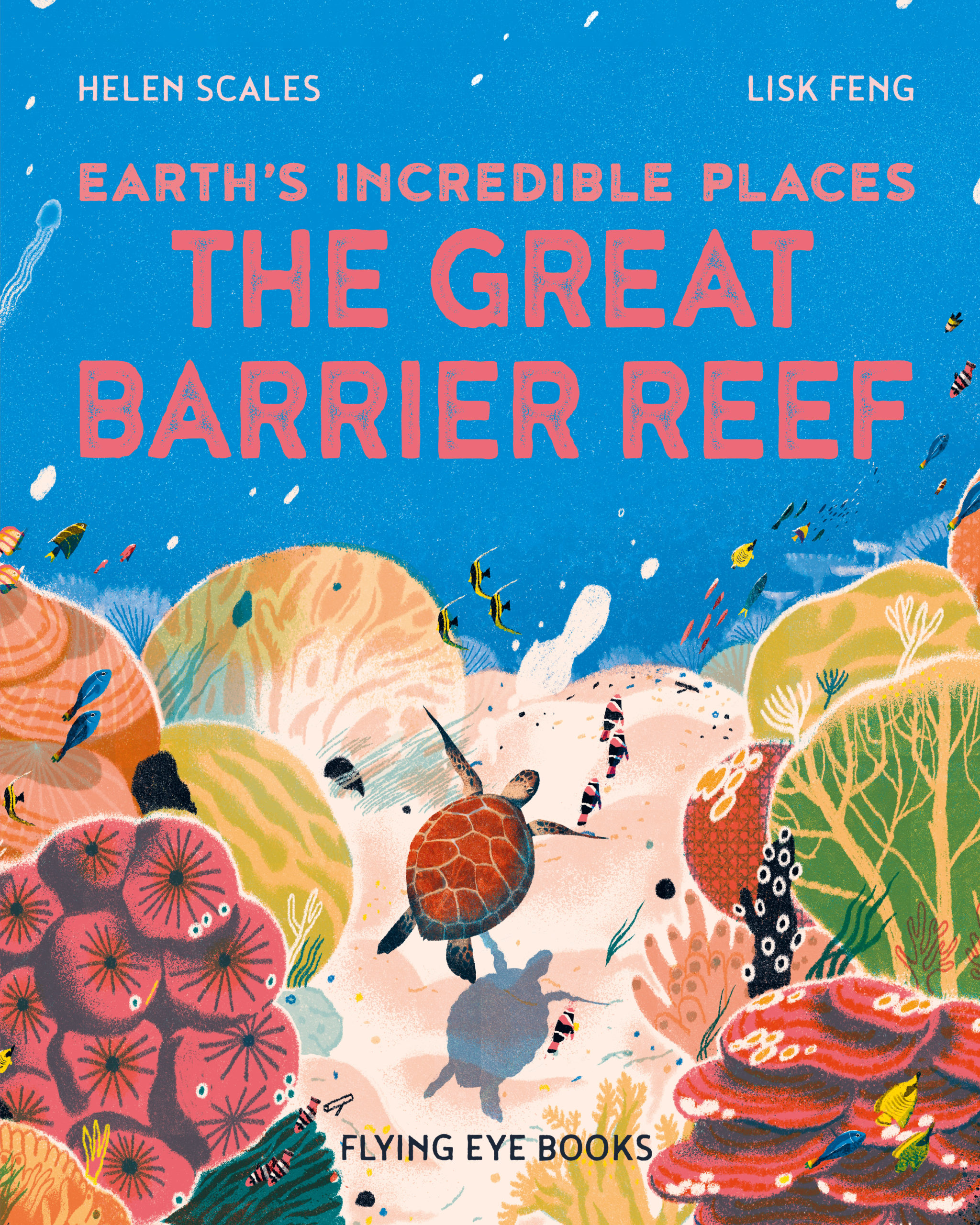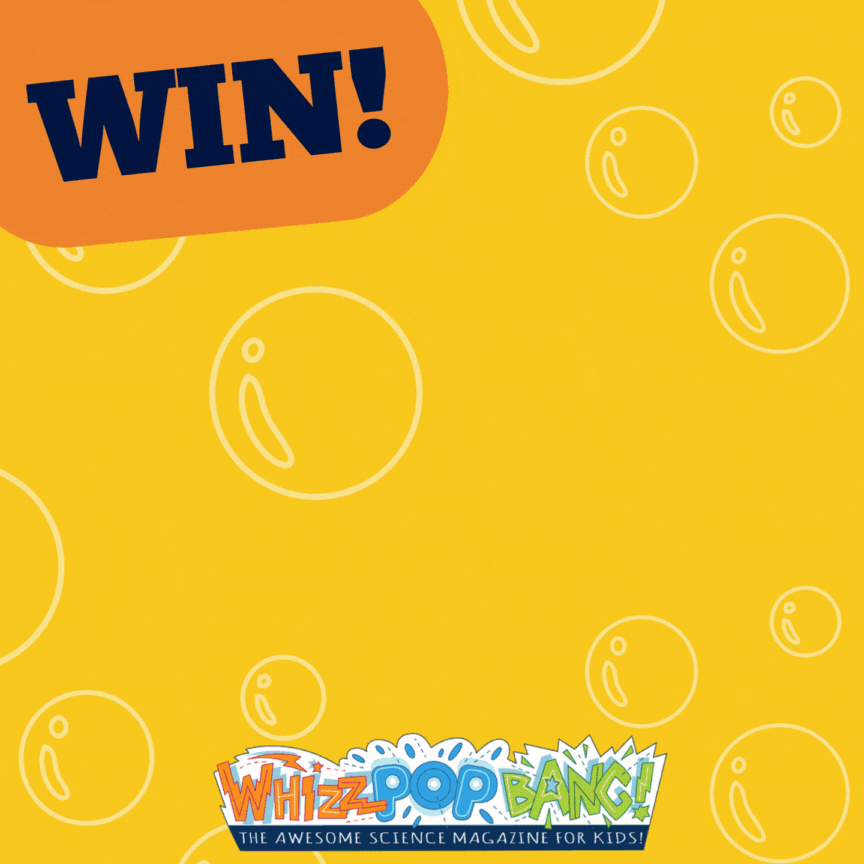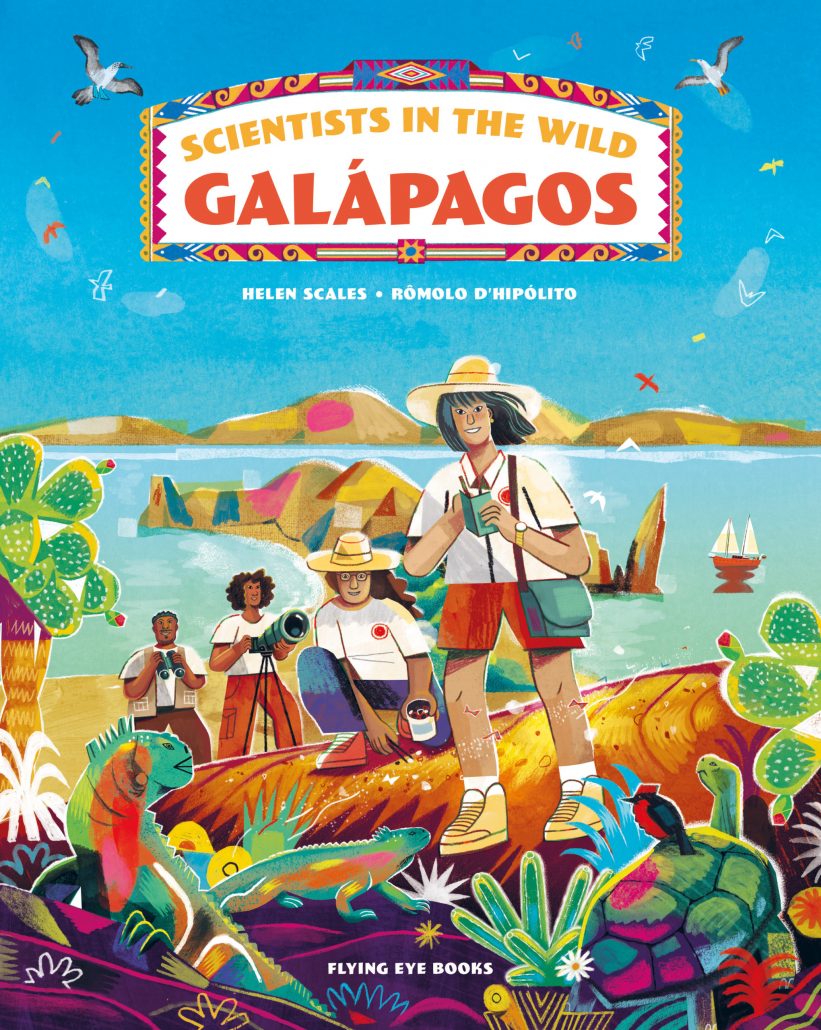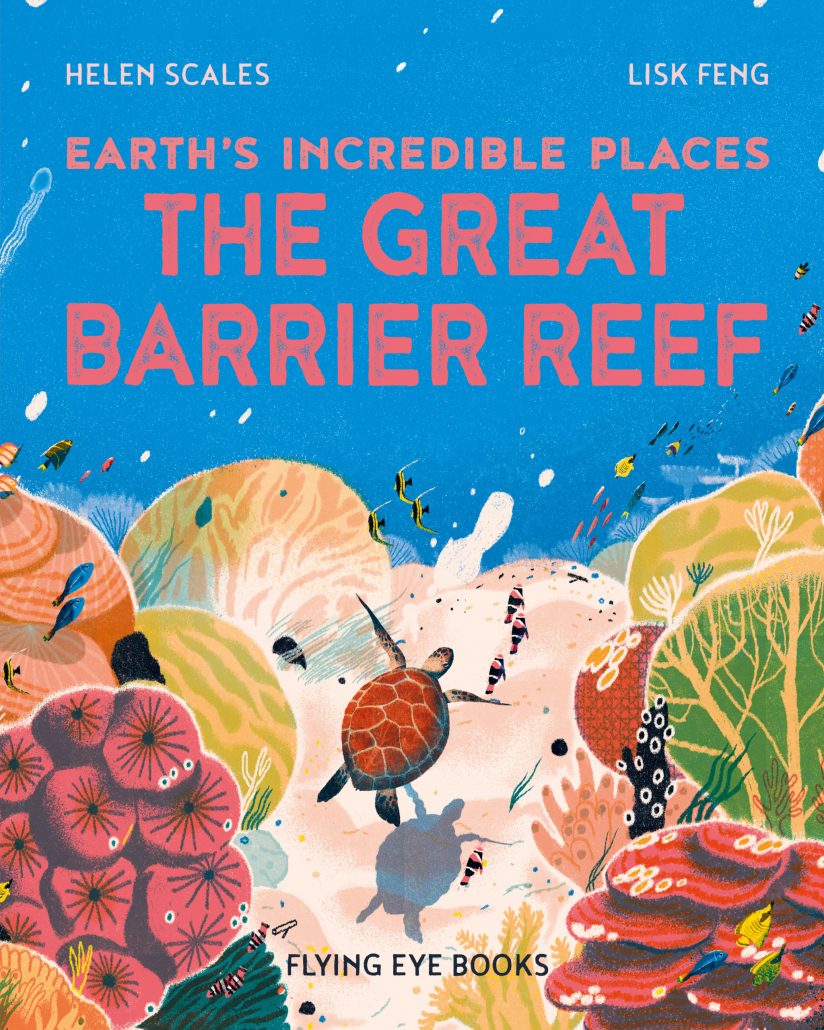Are you looking for some STEAM ideas for this year’s British Science Week on the topic of time? February’s issue, called ‘Time Quest’, is full of great ideas.
The lesson pack for year 3 is on the maths objective of estimating time. Pupils will create their own sand timers which measure an exact amount of time, for example, one minute.
Pupils will use their timers to test their time perception. For example, can they talk non-stop for a minute? Or stand like a statue? As we all know, depending on what you are doing, time can feel like it’s passing more quickly or slowly!
The magazine also has a perpetual calendar to craft, instructions to make a leapfrog game and a shadow clock.
How to keep the science theme of time in your reading sessions
Using science texts in guided reading or whole-class reading sessions is an easy way for children to delve further into the subject matter and acquire more knowledge. Here are the reading comprehensions that link with this topic:
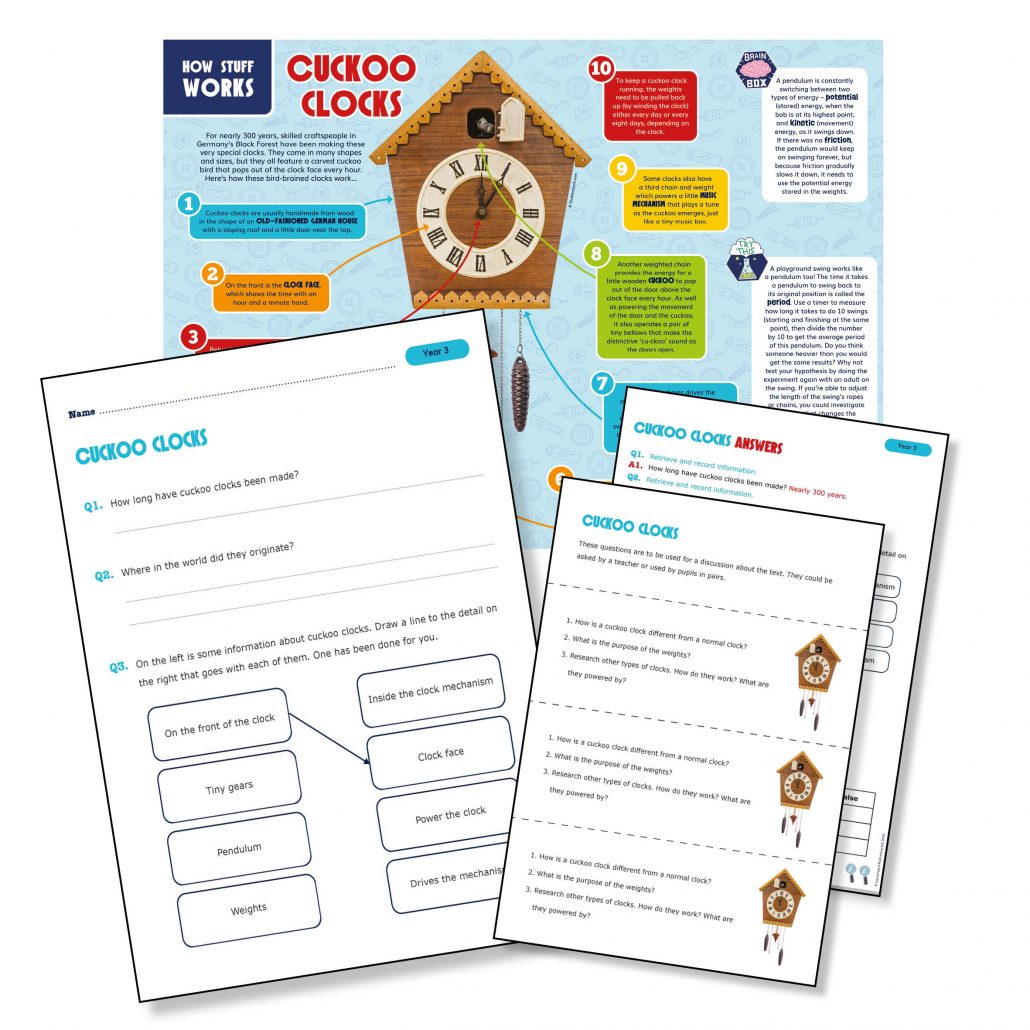
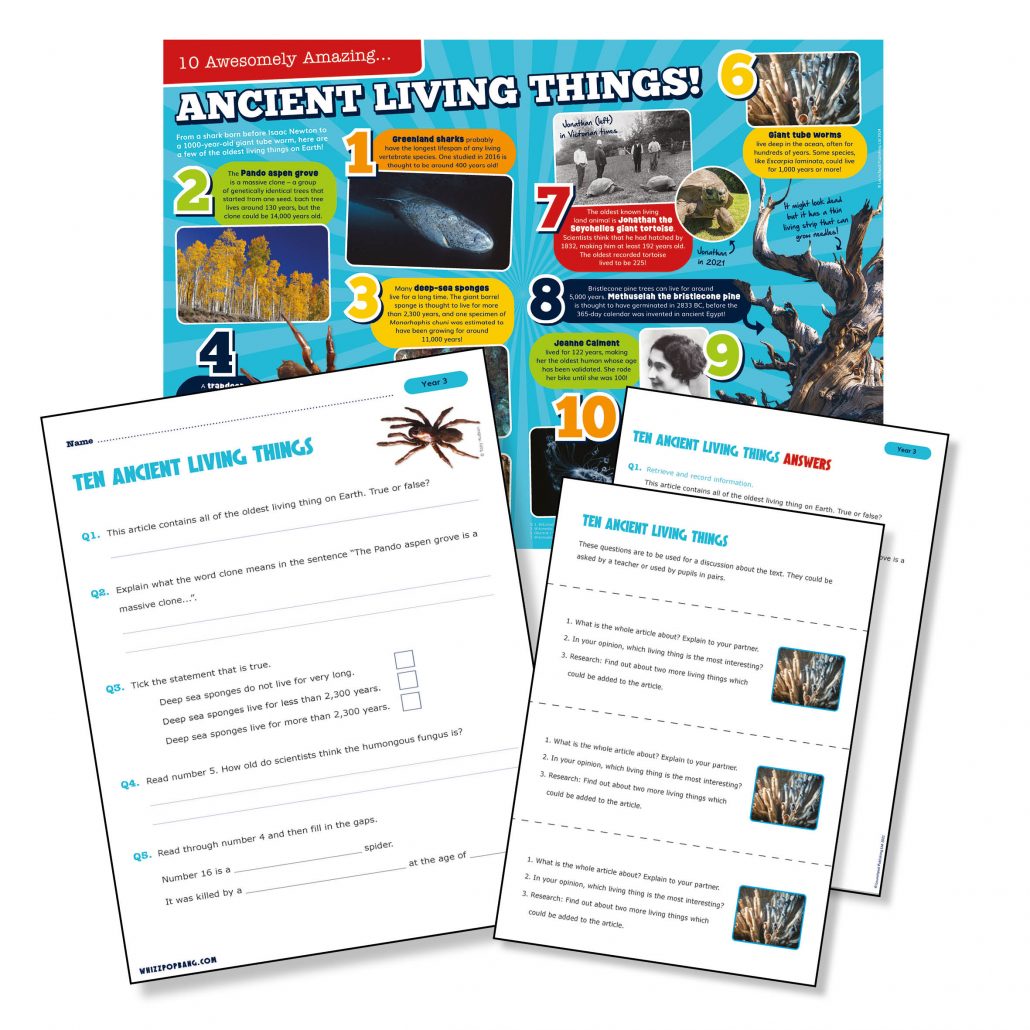
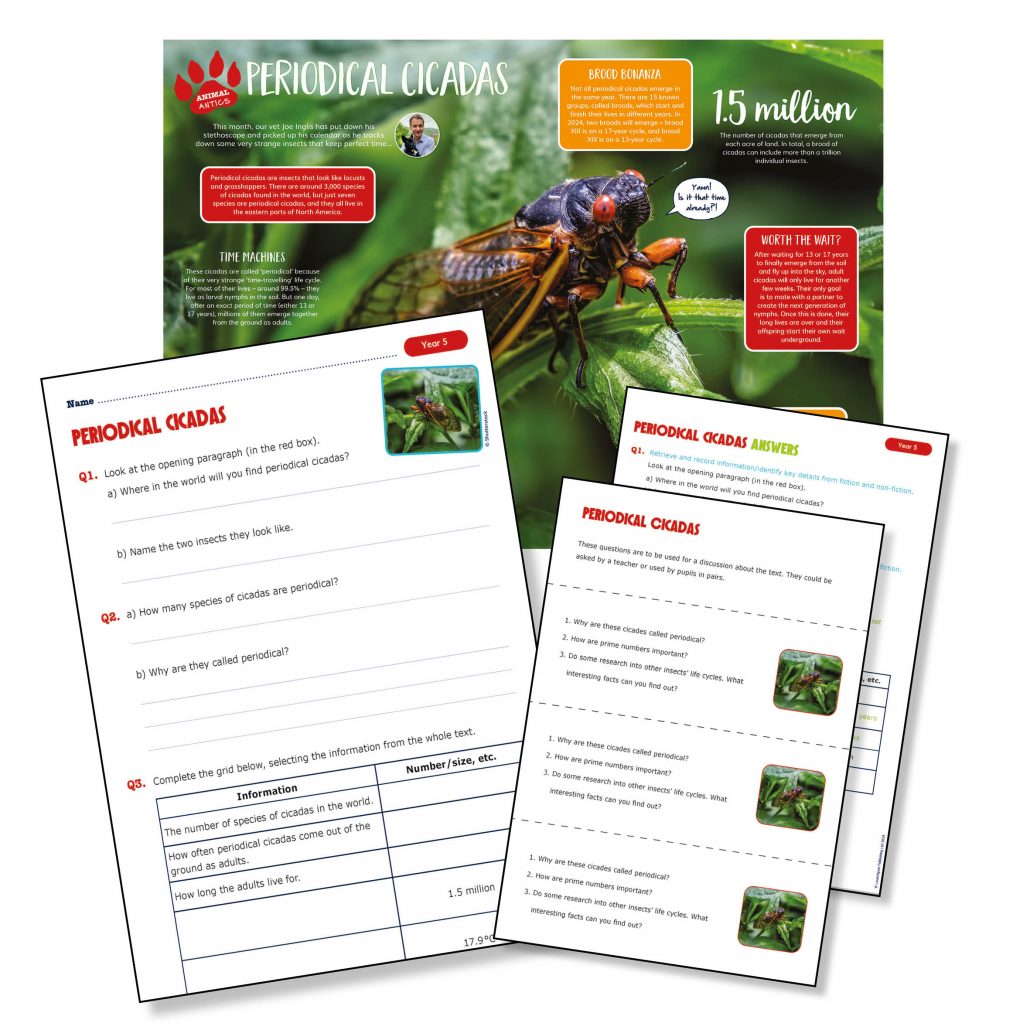
Whizz Pop Bang magazine and teaching resources are brilliant for enhancing your school’s science teaching:
- We provide downloadable science lesson plans, PowerPoint presentations, hands-on investigations and science reading comprehensions written by primary school teachers.
- Whizz Pop Bang teaching resources link to the National Curriculum, ensuring correct coverage.
- All of our resources are year group specific, ensuring progression between the years.
- We make cross-curricular links to other subjects, such as English, Maths, History, Geography, Art, Design and Technology and PSHE.
Prices from as little as £204.99 per year for a copy of Whizz Pop Bang magazine through the post each month and whole-school access to our ever-growing library of downloadable teaching resources, with unlimited teacher logins.
We also have individual membership option so teachers and home educators can access all of our amazing downloadable resources for just £20 for the whole year.

